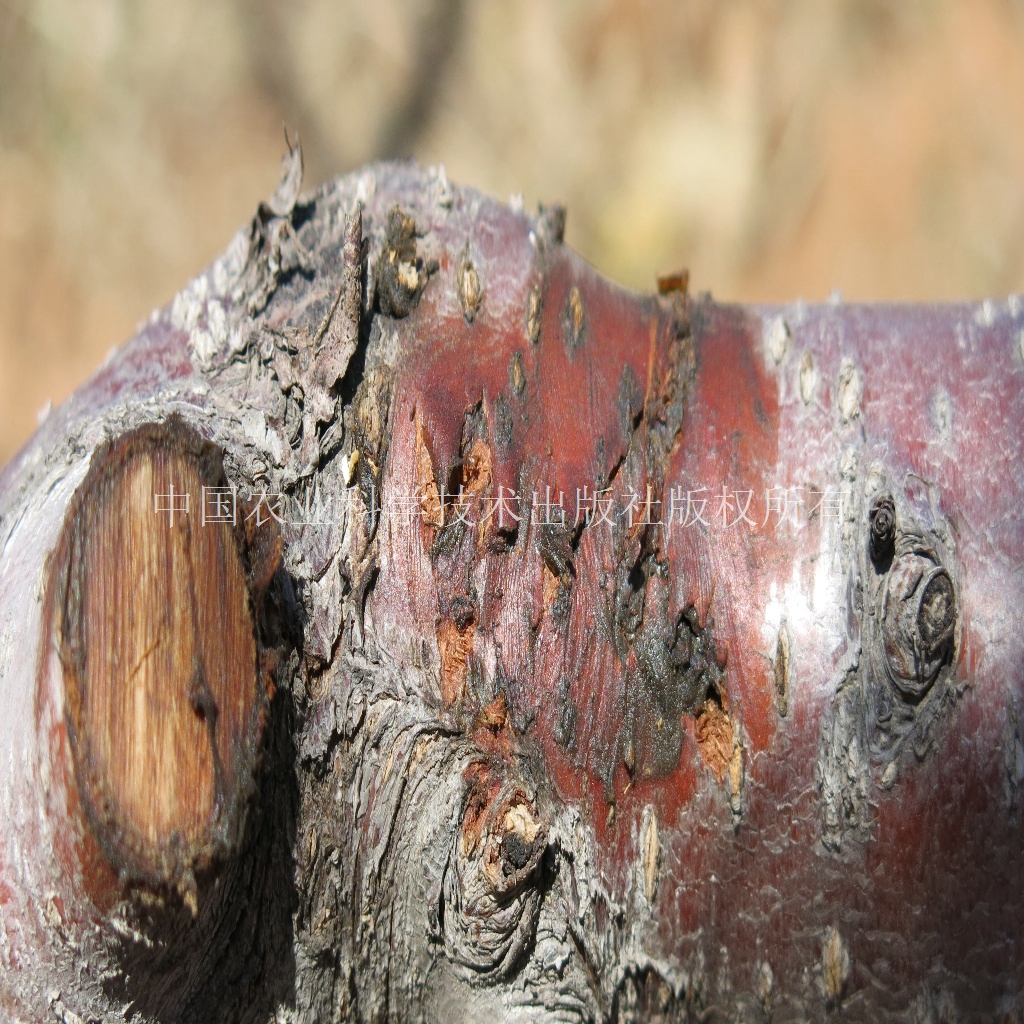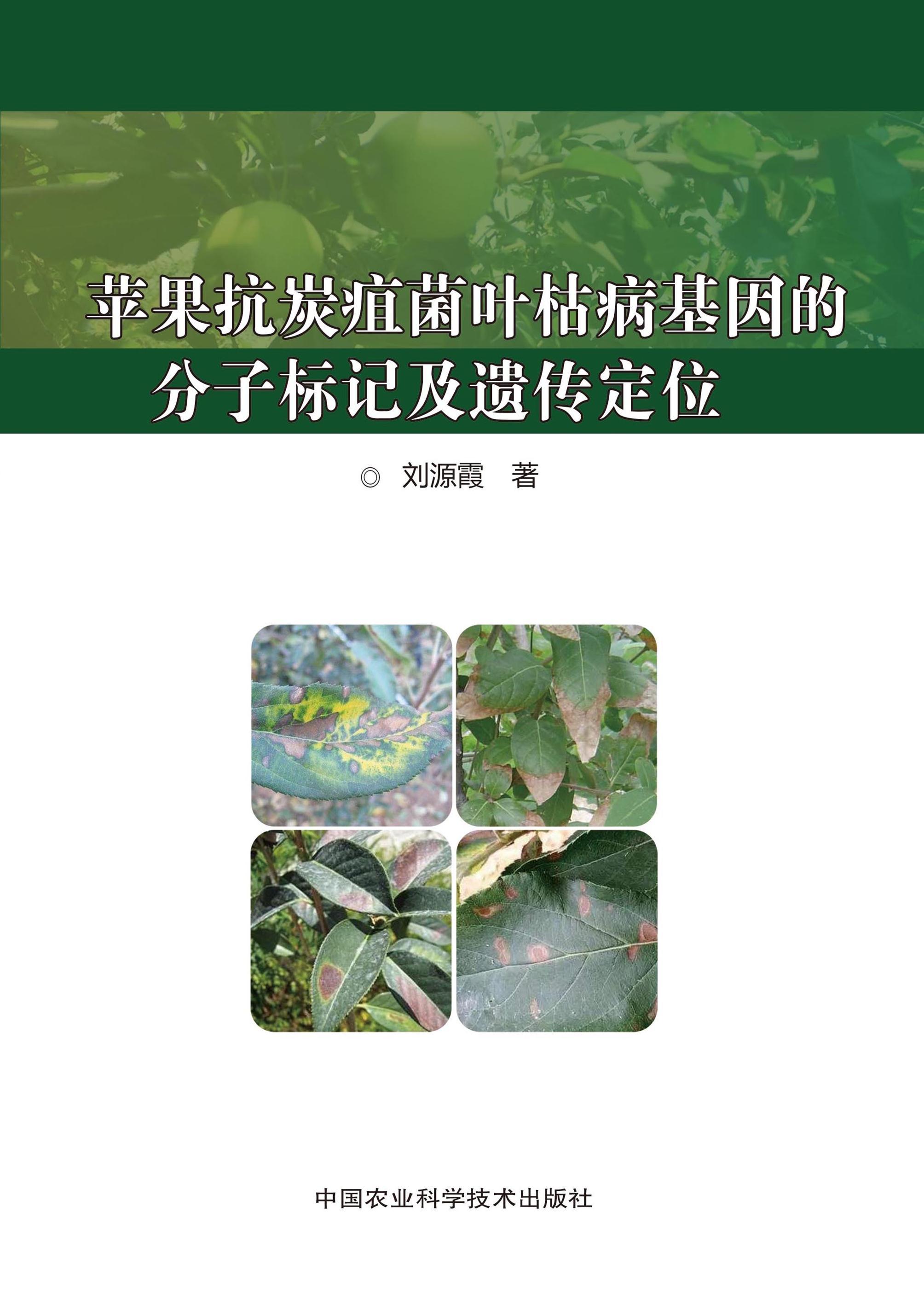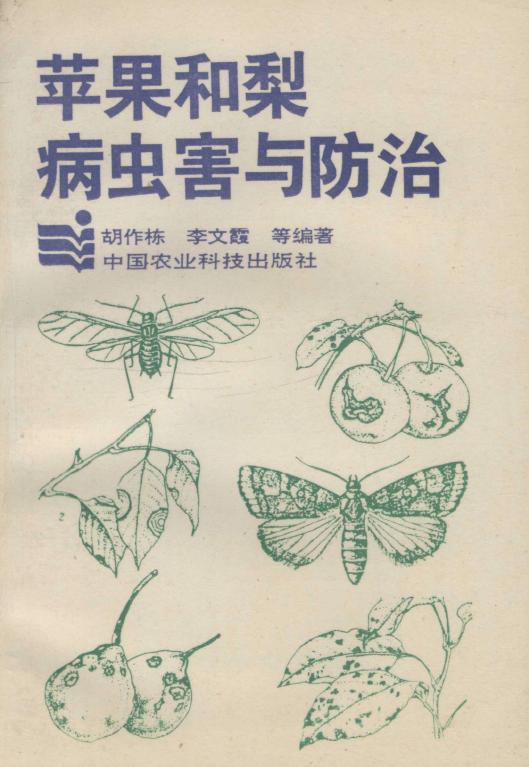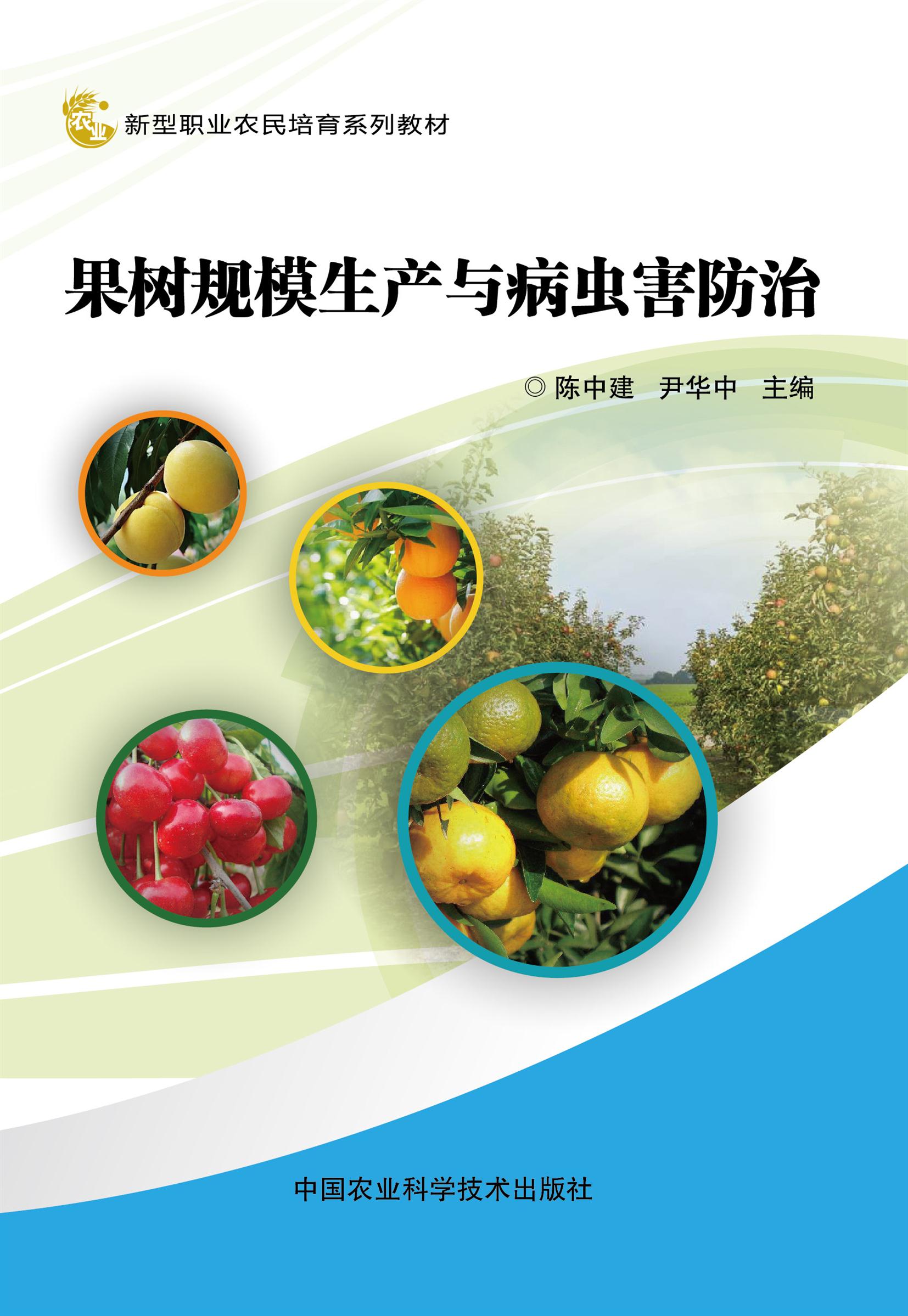First Report of Onion Bulb Rot Caused by Botrytis aclada in China? Corresponding author:Dr.G.Q.Li,E-mail:guoqingli@mail.hzau.edu.cn.
Previous studies indicate that the plant genus Allium,including bulb onion(A.cepa L.),can be infected by at least seven species of Botrytis at the stages of growth and/or storage(Nielsen et al.,2002).Of these Botrytis species,three,namely B.aclada,B.allii,and B.byssoidea,were reported to be most commonly associated with neck rot of onion(Nielsen et al.,2002).B.aclada was regarded as synonymous with B.allii until 2003,when Yohalem et al.(2003)suggested that both B.aclada and B.allii are valid names.Further analysis showed that B.allii is a hybrid of B.aclada and B.byssoidea(Nielsen and Yohalem,2001)and the hybrid status of B.allii was confirmed in a molecular phylogenetic study conducted by Staats et al.(2005).In China,B.allii was reported to cause brown rot of onion bulbs(Tan et al.,1997),whereas rot of onion bulbs caused by B.aclada has not been documented in this country.
In spring of 2006,a kind of rot disease was observed among sold onion bulbs in the supermarket near the campus of Huazhong Agricultural University,Wuhan,China.Surveys of five randomly-selected stacks of onion bulbs in that market indicated that the percentage of diseased bulbs varied from 6 to 50%.Diseased onion bulbs became soft rotten and abundant conidia were produced on the surface of diseased bulb tissues of onion showing a grey powdery appearance.Eight fungal isolates were obtained from 8 diseased bulbs of onion showing the grey mould symptoms.They were individually incubated on potato dextrose agar(PDA)at 20℃ and identified on the basis of cultural and morphological characteristics.Results showed that all of these isolates produced abundant grey-brownish,ovoid-or oblong-shaped conidia,which were budded from terminal ampullae formed on dichotomously-branching conidiophores.The size of conidia for these isolates varied from 7.6 to 10.4 μm in length and from 4.2 to 5.6 μm in width.No sclerotia were produced by these isolates on PDA even after incubation for 30 days.These characteristics of the investigated fungal isolates are similar to those described for B.aclada by Yohalem et al.(2003).
One of the eight fungal isolates,OnionBc-15,was used for further identification using molecular methods.Genomic DNA(gDNA)was extracted from mycelia of OnionBc-15 and used as template for amplification of certain DNA regions.The first targeted DNA region is the internal transcribed spacer(ITS)of the ribosomal RNA gene.It was amplified with the universal primer pair ITS1 and ITS4(Nielsen et al.,2002).A 539-bp DNA fragment was generated,cloned and sequenced(GenBank Acc.No.EU093077).The sequence contained two SphI restriction sites and was 99%identical in nucleotides to that of B.aclada strain PRI006(GenBank Acc.No.AJ716295).It is different from B.allii and B.byssoidea,which have only one SphI restriction site for the ITS1/ITS4-amplified DNA sequence(Nielsen et al.,2002).The second targeted DNA region is the L45-550 sequence(Nielsen&Yohalem,2001).It was amplified with the Botrytis-specific primer pair BA2f and BA1r(Nielsen et al.,2002).A 413-bp DNA fragment was generated,cloned and sequenced.Sequencing analysis showed that the 413-bp DNA fragment did not contain any ApoI restriction sites.This is also similar to B.aclada,but different from B.allii and B.byssoidea,which have one ApoI restriction site in the BA2f/BA1r-amplified DNA sequence(Nielsen et al.,2002).Additionally,three house-keeping genes encoding glyceraldehyde-3-phosphate dehydrogenase(G3PDH),heat-shock protein 60(HSP60)and DNA-dependent RNA polymerase subunit II(RPB2)were amplified from the gDNA of OnionBC-15 with the specific primer pairs reported by Staats et al.(2005).The generated DNA fragments were 886 bp for G3PDH,977 bp for HSP60 and 1093 bp for RPB2,which were cloned and sequenced.They were assigned with GenBank accession numbers as EU100386,EU100387 and EU093078,respectively.Phylogenetic trees were established on the basis of the sequence information of G3PDH,HSP60 or RPB2 cloned from OnionBC-15 in this study and from the 22 species of Botrytis reported by Staats et al.(2005)using the neighbor-joining(NJ)method implemented in the MEGA3.1 package.Each phylogenetic tree was tested with bootstrap(1000 replicates).
Results showed that OnionBc-15 was more closely related to B.aclada and B.allii than to other species of Botrytis in each phylogenetic tree.Therefore,it is appropriate to identify the strain OnionBC-15 as B.aclada.
ACKNOWLEDGEMENTS
This research was funded by the Natural Science Foundation of China(Grant No.30570079).
REFERENCES
[1]Nielsen K,Yohalem DS.Origin of a polyploid Botrytis pathogen through interspecific hybridization between Botrytis aclada and B.byssoidea.Mycologia,2001,93:264~271.
[2]Nielsen K,Yohalem DS,Jensen DF.PCR detection and RFLP differentiation of Botrytis species associated with neck rot of onion.Plant Disease,2002,86:682~686.
[3]Staats M,van Baarlen P,van Kan JAL.Molecular phylogeny of the plant pathogenic genus Botrytis and the evolution of host specificity.Molecular Biology and Evolution,2005,22:333~346.
[4]Tan WZ,Wang XY,Zhang LX.Two newly recorded fungal diseases of Allium in Yunnan province,China.J.Southwest Agri.Univ.,1997,19:165~167.
[5]Yohalem DS,Nielsen K,Nicolaisen M.Taxonomic and nomenclatural clarification of the onion neck rotting Botrytis species.Mycotaxon,2003,85:175~182.









